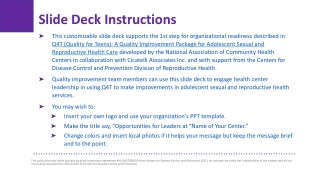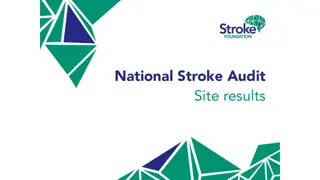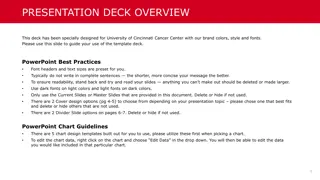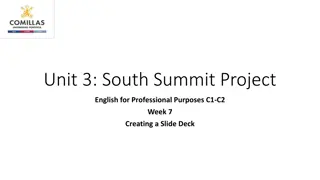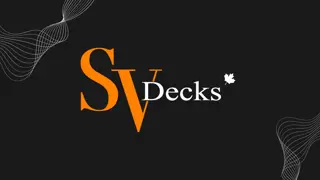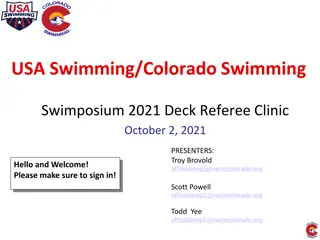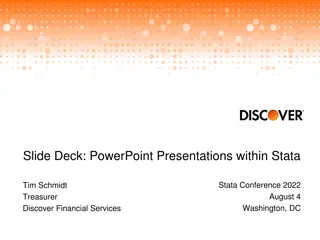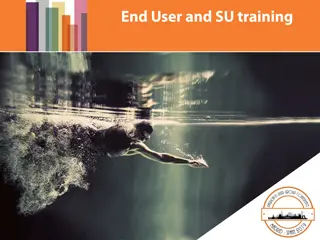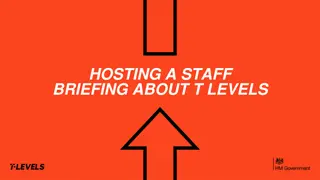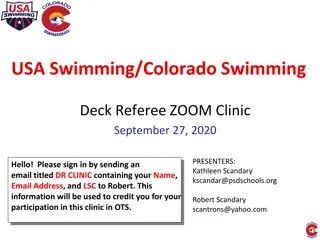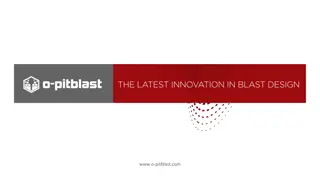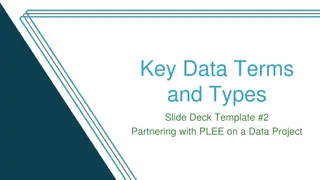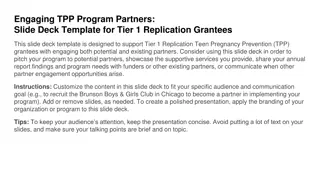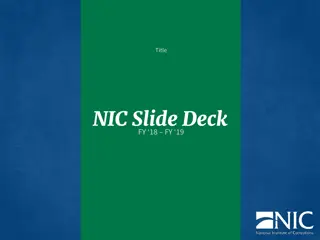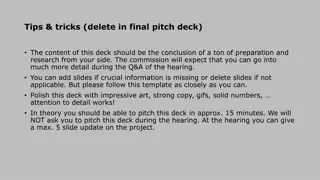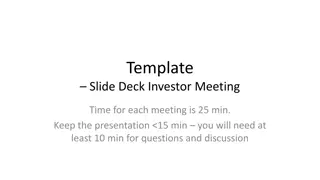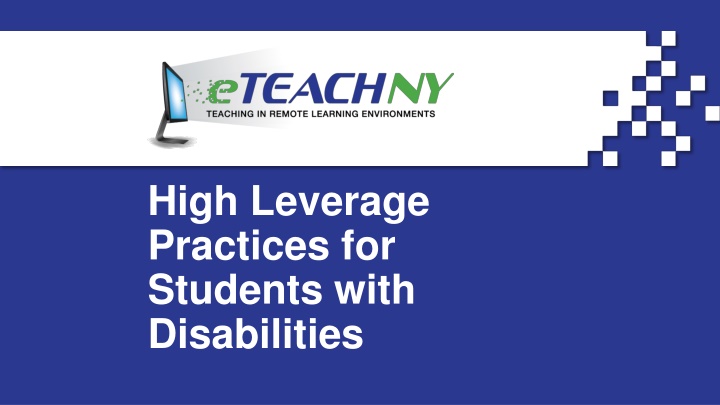
Enhancing Student Achievement Through High Leverage Practices for Students with Disabilities
Discover the High Leverage Practices (HLPs) designed to support students with disabilities, including strategies to address barriers to remote learning. Learn how to assess current practices and create an action plan for implementation. This asynchronous course is divided into 6 parts, offering informational videos, self-assessment tools, and guidance to enhance student achievement. Starting date TBA. Contact us for more information.
Download Presentation

Please find below an Image/Link to download the presentation.
The content on the website is provided AS IS for your information and personal use only. It may not be sold, licensed, or shared on other websites without obtaining consent from the author. If you encounter any issues during the download, it is possible that the publisher has removed the file from their server.
You are allowed to download the files provided on this website for personal or commercial use, subject to the condition that they are used lawfully. All files are the property of their respective owners.
The content on the website is provided AS IS for your information and personal use only. It may not be sold, licensed, or shared on other websites without obtaining consent from the author.
E N D
Presentation Transcript
High Leverage Practices for Students with Disabilities
Session Outcomes 1. Describe the High Leverage Practices (HLPs) which support learning for students with disabilities. 2. Identify HLPs which address Barriers to remote learning. 3. Assess current practices using the self assessment tool 4. Create a plan which incorporates the HLPs in order to enhance student achievement 2
Logistics This is an asynchronous course that is broken down into 6 parts. During this course you will: Access informational videos Complete a self assessment Create a plan to implement new knowledge The starting date for this course is ____________ and needs to be completed by _______________. Any questions or concerns please contact: ____________________ 3
Delivery Options 1. Synchronous: Use the main slide deck or webpage with the self- assessment tool, final activity, and the CEEDAR Brief; remove videos so facilitator can guide participants through the brief. 2. Asynchronous: 1. Use the main slide deck or webpage with embedded videos, self- assessment, final activity, and CEEDAR Brief; allow participants to navigate through the slide deck themselves. 2. Modify the main slide deck or webpage by removing the videos and post individual links to each video separately in the LMS housing all the materials 4
What are the High Leverage Practices? In 2015, in partnership with the Collaboration for Effective Educator Development, Accountability and Reform (CEEDAR), the Council for Exceptional Children (CEC) developed and published a set of high-leverage practices (HLPs) for special educators and teacher candidates. The HLPs are organized around four aspects of practice: Collaboration Assessment Social/emotional/behavioral Instruction https://highleveragepractices.org/about-hlps 5
What are the High Leverage Practices? (cont.) Within the 4 areas there are 22 practices These practices are designed to enhance student achievement. They should be used regularly in the classroom. They came about as response to rapid changes in Special Education. For more information about the development: https://highleveragepractices.org/sites/default/files/2020-10/Preface.Intro1_.pdf 6
HLPs and Remote Learning - The Brief As a result of the quick transition to remote/hybrid learning: The CEEDAR Center and the National Center for Systemic Improvement (NCSI) collaborated to develop The Brief . Describes 6 of the most common barriers students could experience in remote/hybrid learning environments. Identifies which HLPs are most effective in helping students overcome the barriers (2-3 HLPs/barrier). **The remainder of this session will be spent diving into each brief using guidance videos and a self- assessment 7
Materials & Resources Needed Self-Assessment To be used while watching the videos/reviewing the brief. Click on the link to create your own private copy The Brief Removing Barriers to Effective Distance Learning by Applying the High Leverage Practices https://ceedar.education.ufl.edu/wp- content/uploads/2020/10/CEEDER- Leveraging-508.pdf https://docs.google.com/document/d/1N 1qs_aFvMLS4FRNy3wxRH7W8WaefhG kEb4_gryu-tQc/copy?usp=sharing 8
Self - Assessment Directions Pause after reviewing each barrier to complete the corresponding section of the self-assessment. You will be indicating if you utilize the High Leverage Practices rarely, sometimes, or often. Write down examples of how you use the practices in your classroom that you marked sometimes or often. 9
The Brief The next 8 slides are made up of videos addressing each area of The Brief in greater detail. After watching the introduction on the next slide, click any of the barriers below to go directly to the slide with that video. Introduction Barrier 1 Struggling to keep students focused & engaged Barrier 2 Ensuring students feel connected and that their social and emotional needs are addressed Barrier 3 Helping students manage their workload and avoid being overwhelmed Barrier 4 Supporting students learning so they can process and retain new content Barrier 5 Addressing students wide range of skills and experiences using technology for learning Barrier 6 Facilitating family engagement
Introduction Barrier Introduction Video 11
Barrier #1: Struggling to Keep Students Focused & Engages Barrier #1 Video 12
Barrier #2: Ensuring students feel connected & their social/emotional needs are addressed Barrier #2 Video 13
Barrier #3: Helping students manage their workload and avoid being overwhelmed Barrier #3 Video 14
Barrier #4: Supporting students learning so they can process and retain new content Barrier #4 Video 15
Barrier #5: Addressing students wide range of skills and experiences using technology for learning Barrier #5 Video 16
Barrier #6: Facilitating Family Engagement Barrier #6 Video 17
Final Activity Directions & Link Look back through your Self- Assessment to find practices that you marked as rarely Link to Final Activity Click on the link to create your own private copy Choose 2 to focus on Create a plan for implementing these strategies https://docs.google.com/docum ent/d/128bVx1DcSlkhW2mEdP Tm- fmkKSnVtyu2CPv_8oeMSk0/co py?usp=sharing 18
Learn more! The High Leverage Practices in Special Education is available: For purchase: https://highleveragepractices.org/store/books/high-leverage- practices-special-education For FREE download: https://ceedar.education.ufl.edu/wp- content/uploads/2017/07/CEC-HLP-Web.pdf As a guide for at-home learning: https://ceedar.education.ufl.edu/family-guide-to-at-home- learning/ 19
Thank you! Insert BOCES Contact information here. 20


